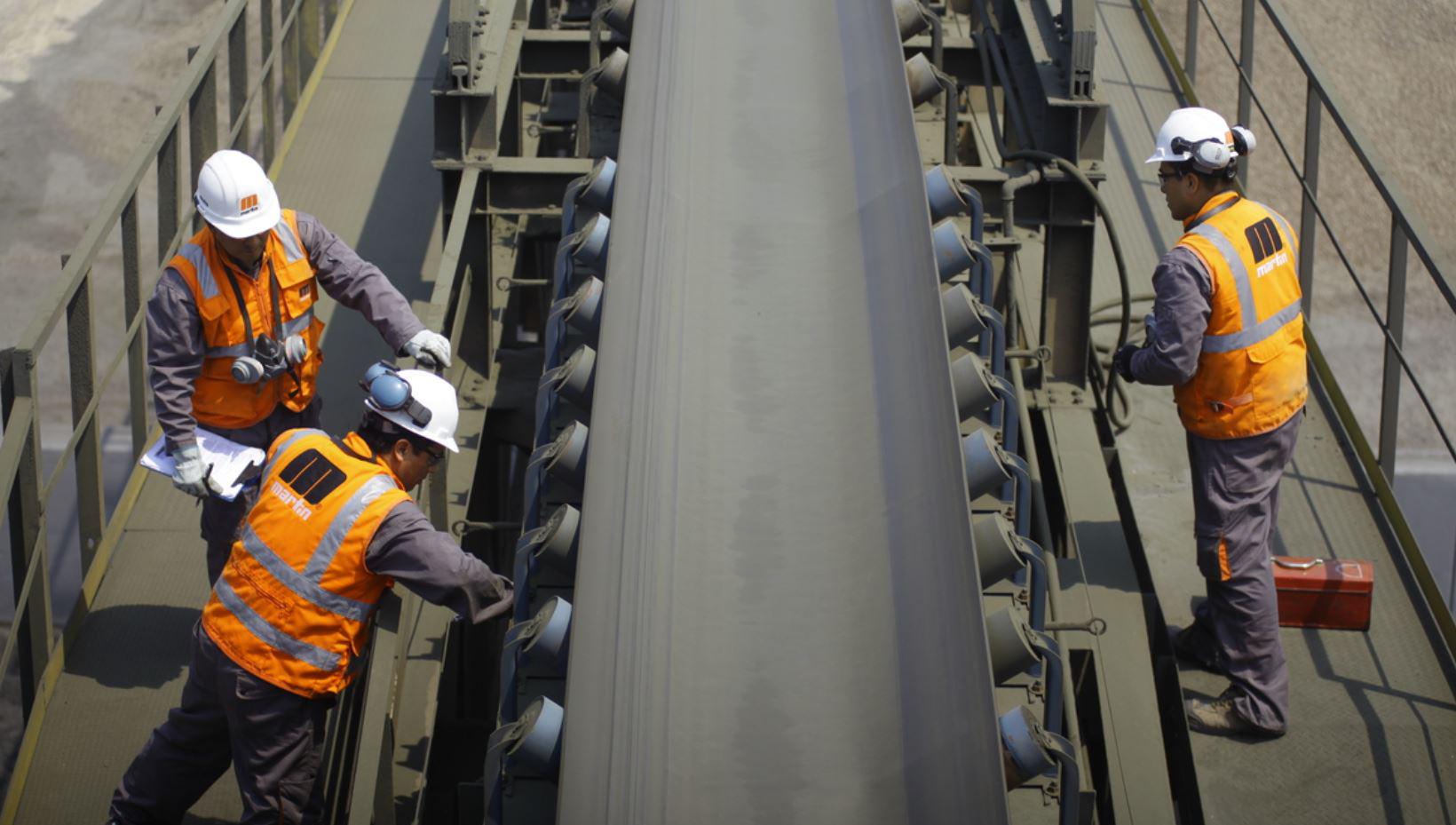A belter of a plan: tips for preventive conveyor belt maintenance
- Written by NewsServices.com

Preventive maintenance is imperative for conveyor belts to reduce the risk of breakdowns and structural damage. If you run a fabrication business it is highly recommended that you regularly inspect your belts to avoid production issues and unwanted equipment damage.
Engineering fabrication services are - without a doubt - the ultimate way to prevent conveyor belt damage.
Here are some of the things they can do for your system:
-
Preventive maintenance
Preventive maintenance includes detailed belt surveying to see if any parts are malfunctioning or at risk of malfunctioning. Early knowledge of the problem warns business owners into acting before the problem becomes exacerbated. Corrections can easily be made to prevent future issues, allowing optimised service life and higher reliability.
Certain issues to keep in mind include broken bearings, damaged fabric, a catching/slipping belt, misaligned belt or blocked rolls. However, none of these situations necessarily constitute a broken belt, with the issue often being that the bearings or other components are creating the problem. If the belt itself appears to be properly functioning but the machine is not working properly then you must have all components thoroughly surveyed.
-
Performing an ocular survey
You can never underestimate the value of an ocular survey, as by simply examining the parts and visible surfaces you can see if the machine has incurred damage to one or more particular parts. A thorough ocular inspection can save your business money and time, so be sure to look out for these four problems:
-
Is the belt complete?: Inspect the belt - what can you see? Are the joints in good condition and working smoothly? Does it contain any damage? What about the belt joints - are they in quality condition? What do the belt spindles, rolls, pulleys and profiles look like? Are the rolls and bearings complete? A worn bearing may be why the belt is veering to the other side. It is often a minor issue masquerading as a big problem, so be sure to check these miniscule elements before making any necessary corrections.
-
Is the belt centred on the conveyor?: The belt should be completely centred to run at full capacity. This allows for optimal product transportation. It is imperative to check that it is perfectly positioned between each of its rolls, as well as ensuring that the belt wheels, rolls and pulleys are properly installed and aligned. If they are not, then there is a heightened risk that the belt might veer to one direction.
-
Is the belt properly transporting products?: is the conveyor belt performing well throughout operation? The belt might work well when it is empty, but does it start to slip and struggle under a product load? If the belt is rubbing or slipping at a certain point, it can develop friction heat and, consequently, melt the belt’s material. Therefore, it is important to adjust the belt with and without any product weight.
-
Is the belt clean?: Certain belts are more sensitive to poor hygiene than others, especially those that transport food. Therefore, it is imperative to ensure that all belt parts are clean and especially those where food comes in regular contact with the belt. Rips or cracks and uneven surfaces are real danger zones when it comes to bacteria, as dirt and substances can sit and grow in these weak spots. Therefore, it is vital to ensure that the belt is clean and hygienic.



















